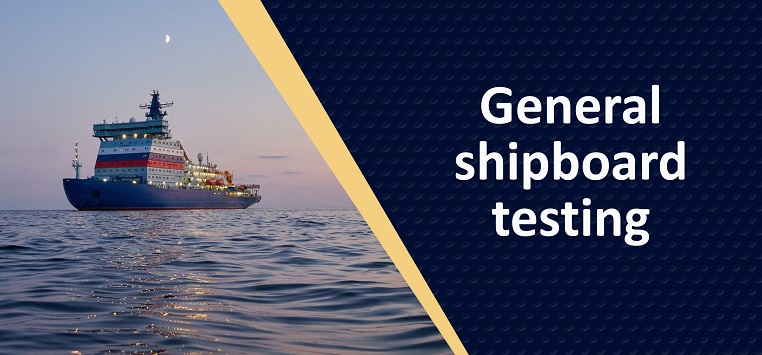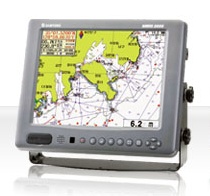Simrad GPS P2005 / P3007
Certificate:
-
RMRS
Available for order
Simrad GPS P2005 / P3007 - Ship combined receiver-global satellite system GPS / GLONASS - is designed to receive and display navigation data.
GPS System Series offers a 5- or 7-inch superior colour display with easy touch control, position data accuracy, and reliability while enabling distribution of position, course, speed, time and navigation data to other bridge systems such as radar, ECDIS, and
the autopilot. Offering a flexible installation by supporting a wide variety of I/O signal types, and a high clarity and contrast viewing distance with great data visibility. The P3007 GPS System serves as a replacement for the MX612, MX610, and GN70 products. Both a GPS Navigator and GPS compass in one solution, each system works with a direct antenna connection. These new GPS Systems are scalable with an MX Junction Box, MX610JB or MX612JB. The P2005 GPS system is geared towards workboats,
the light professional segment, and other non-SOLAS vessels.
The P2005 can be paired with a wide range of Simrad GPS antenna or GPS compasses. A Serial port expansion with optional junction box is also supported.
The P3007 GPS system is IMO approved for SOLAS vessels and, when paired with high-precision antennas, the P3007 system can be configured for use as a DGPS, THD (Transmitting Heading Device). With an optional junction box, the system can be configured with up to 12 NMEA 0183 serial ports. Both display sizes include value features such as; routes & waypoints, trip log, position & heading page, auxiliary AIS plot, configurable digital data pages, GPS + GLONASS, and an optional external pot-meter dimming feature.
Sensor data on analog input, serial ports, NMEA 2000, Ethernet (IEC61162-450), and a pulse speed log input are also included.
GPS System Series offers a 5- or 7-inch superior colour display with easy touch control, position data accuracy, and reliability while enabling distribution of position, course, speed, time and navigation data to other bridge systems such as radar, ECDIS, and
the autopilot. Offering a flexible installation by supporting a wide variety of I/O signal types, and a high clarity and contrast viewing distance with great data visibility. The P3007 GPS System serves as a replacement for the MX612, MX610, and GN70 products. Both a GPS Navigator and GPS compass in one solution, each system works with a direct antenna connection. These new GPS Systems are scalable with an MX Junction Box, MX610JB or MX612JB. The P2005 GPS system is geared towards workboats,
the light professional segment, and other non-SOLAS vessels.
The P2005 can be paired with a wide range of Simrad GPS antenna or GPS compasses. A Serial port expansion with optional junction box is also supported.
The P3007 GPS system is IMO approved for SOLAS vessels and, when paired with high-precision antennas, the P3007 system can be configured for use as a DGPS, THD (Transmitting Heading Device). With an optional junction box, the system can be configured with up to 12 NMEA 0183 serial ports. Both display sizes include value features such as; routes & waypoints, trip log, position & heading page, auxiliary AIS plot, configurable digital data pages, GPS + GLONASS, and an optional external pot-meter dimming feature.
Sensor data on analog input, serial ports, NMEA 2000, Ethernet (IEC61162-450), and a pulse speed log input are also included.
 13.09.2021
General shipboard testing
13.09.2021
General shipboard testing
Once the Factory Acceptance Test (FAT) has been successfully completed, the equipment should be installed on board. Upon completion of the installation, a new series of tests is carried out - the Harbor Acceptance Test (HAT).
 +7 (812) 4-673-673
+7 (812) 4-673-673

